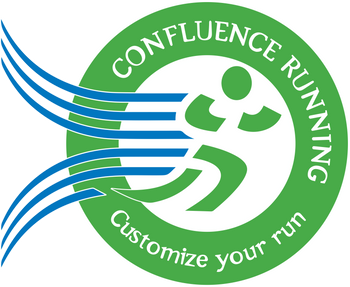Cycling Efficiency for Triathletes: Core Stability & High-Cadence Training for Power and Endurance
Mastering Cycling Efficiency: RPM, Pedal Stroke Drills, and Core Control for Triathlon Performance
Optimizing Cadence and Pedal Stroke Efficiency
In today’s triathlon cycling workout, athletes focused on refining cadence control, pedal stroke efficiency, and endurance-building tempo efforts. The session began with a structured RPM progression, increasing from 95 to 115 RPM at moderate resistance, reinforcing leg speed and controlled power output. This drill develops neuromuscular coordination, ensuring that cyclists can maintain high cadence efficiently without excessive resistance that could cause strain or fatigue.
To further enhance cycling mechanics, we incorporated single-leg cycling drills to address muscle imbalances and promote a smooth, piston-like pedal stroke. By minimizing knee flare and ensuring even power application throughout the pedal stroke, athletes reduced inefficiencies that could lead to injury.
Single-Leg Drills for Strength and Injury Prevention
Single-leg cycling drills helped athletes isolate each leg’s movement, correcting imbalances and reinforcing smooth, controlled pedal strokes. The goal was to eliminate dead zones in the stroke by focusing on even power distribution throughout the pedal cycle. This prevents injuries while improving overall pedaling efficiency.
The main set featured three 2-minute tempo intervals at high resistance, emphasizing sustained power and race-day endurance. By integrating cadence drills, controlled pedal strokes, and high-intensity efforts, this workout enhanced cycling performance, efficiency, and injury resilience—key factors in successful triathlon training.
Core Stability for Endurance and Power Transfer
Building cycling efficiency isn't just about pedaling faster—it’s about maintaining control, stability, and power transfer through proper core engagement. A strong, stable core minimizes unnecessary upper-body movement, allowing athletes to stay aerodynamic and conserve energy, especially during high-cadence efforts. Actively engaging the core throughout the workout helps improve pedal efficiency, reduce fatigue, and maximize power output on the bike.
Applying Core Control for Race Performance
Core control is crucial for triathletes, particularly in long-distance races where efficiency and endurance play a major role. Excessive upper-body movement or gripping the handlebars too tightly wastes energy that could be used to sustain speed and performance. Practicing cadence-focused drills while keeping a neutral spine, relaxed grip, and stable posture reinforces proper technique.
Whether you're training for a sprint triathlon or a full Ironman, learning to ride with control, efficiency, and core stability will make you a stronger, more resilient cyclist on race day. 🚴🔥


